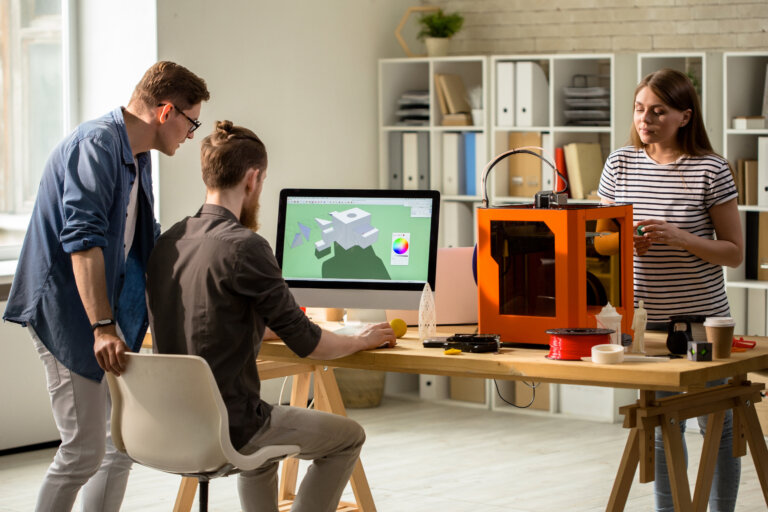3D printing technology is revolutionizing industries from manufacturing to healthcare, offering unparalleled flexibility in producing objects ranging from simple tools to complex biomedical devices.
However, as this innovation accelerates, it raises significant questions about intellectual property (IP) rights. The ease with which designs can be shared and replicated poses unique challenges for patent law, stirring debates on protection and infringement in the digital age. This evolving landscape requires a fresh look at how we protect and respect inventions in 3D printing.
The Basics of Patent Law and 3D Printing
Patents play a crucial role in safeguarding inventions, granting inventors exclusive rights to their creations for a limited period. In 3D printing, this protection extends to new machines, processes, and even specific materials used in the printing process. For an invention to be patentable, it must meet three key criteria: novelty, non-obviousness, and utility. These criteria ensure that the invention is genuinely innovative, not an obvious solution to those skilled in the field, and has practical application.
As 3D printing technology evolves, it intersects intriguingly with patent law. Innovators can secure patents for unique 3D printing techniques or for novel materials developed for printing purposes. However, the technology also presents the potential for infringing on existing patents. For instance, creating a 3D-printed object based on a patented design without authorization could constitute infringement. This dual nature of 3D printing as both a subject of and a tool for patent infringement highlights the complex relationship between this cutting-edge technology and intellectual property law, underscoring the need to carefully navigate the legal landscape if you are an innovator or a user.
Key Intellectual Property Challenges in 3D Printing
The rise of 3D printing technology introduces unique IP challenges, particularly in the realm of copyright and patent law. One of the most pressing issues is the ease with which digital designs can be copied and distributed globally with just a few clicks. This accessibility makes it difficult to control the unauthorized use of protected designs, leading to potential infringement on a scale previously unseen. The digital nature of 3D printing files further complicates tracking their distribution and use, challenging traditional IP enforcement mechanisms.
Moreover, the question of whether creating a physical object from a digitally available design constitutes infringement is still a matter of legal debate. This situation is exacerbated by the diverse legal jurisdictions under which these activities may fall, adding layers of complexity to enforcement efforts. Potential solutions being explored include implementing digital rights management (DRM) systems for 3D printable files, aiming to control the sharing and use of digital designs similarly to how DRM works for digital media. However, these measures are not without controversy, as they raise concerns about restricting innovation and access to technology.
Navigating Patent Law for 3D Printing Innovators and Users
For innovators in the 3D printing space, understanding and securing patent protection is paramount. This involves conducting thorough patent searches to ensure their inventions do not infringe on existing patents and filing for patents to protect their own innovations. By securing a patent, innovators gain the exclusive right to their creations, offering a competitive edge and a potential revenue stream through licensing agreements.
For users of 3D printing technology, it’s important to be aware of the legal landscape. This includes respecting the IP rights of others by avoiding the unauthorized printing of patented designs. Users should seek out designs that are licensed for free use or purchase designs from legitimate sources, ensuring compliance with IP laws. By staying informed about the basics of patent law as it applies to 3D printing, both innovators and users can harness the full potential of this technology while minimizing legal risks.
Contact Bold Patents with Your 3D Printing Patent Questions
Bold Patents can guide you through the complexities of patent law in the 3D printing arena. Our team offers advice and comprehensive support to protect your innovations and navigate IP challenges effectively. Reach out to us for a free discovery call to receive personalized assistance that empowers your creative and entrepreneurial journey.

